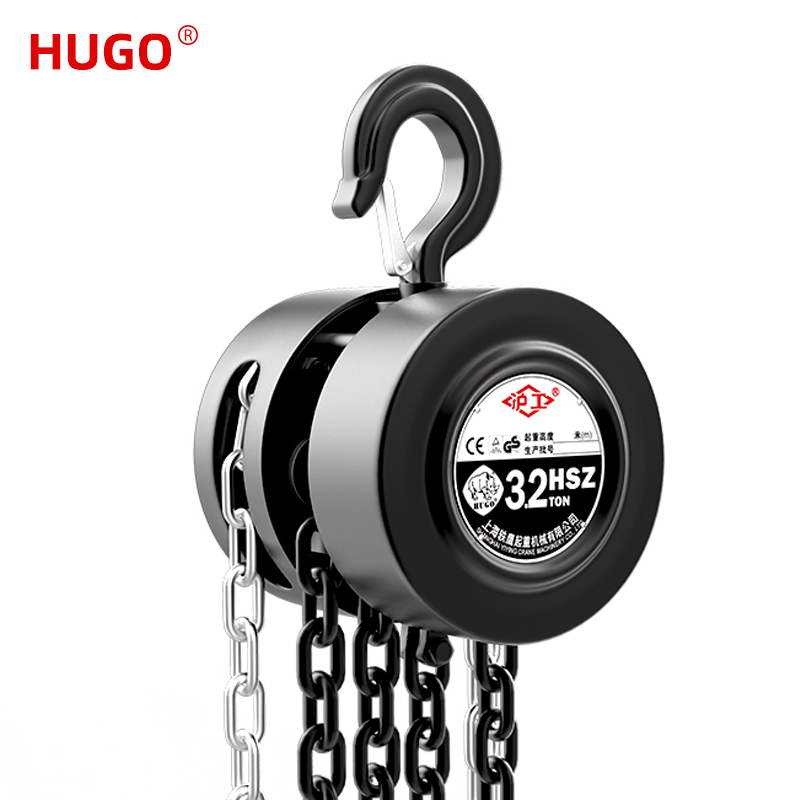A Complete Guide to Chain Blocks
2025-03-24
A chain block, also known as a chain hoist, is an essential tool used for lifting and lowering heavy loads with ease. It is commonly found in construction sites, warehouses, workshops, and manufacturing facilities. Designed for durability and efficiency, a chain block allows users to handle heavy objects safely without the need for complex machinery. Understanding how it works and choosing the right one can significantly improve workplace productivity and safety.
How a Chain Block Works
A chain block operates using a simple mechanical system that multiplies force. It consists of a metal housing that encloses a set of gears, chains, and a hook. When the hand chain is pulled, it rotates gears inside the housing, which in turn lifts or lowers the load attached to the lifting hook. The internal gearing system reduces the amount of effort needed to lift heavy weights, making it ideal for various industrial and construction applications.
Types of Chain Blocks
Manual Chain Blocks
Manual chain blocks are the most common type and require human effort to operate. They are suitable for light to medium-duty applications and are often used in locations without access to power. Their simple design makes them cost-effective and easy to maintain.
Electric Chain Hoists
Electric chain hoists are powered versions of manual chain blocks. They offer faster lifting speeds and require minimal effort from the operator. These hoists are ideal for industrial settings where heavy lifting is frequent and efficiency is a priority.
Lever Hoists
Lever hoists, also known as ratchet hoists, operate with a lever mechanism instead of a hand chain. They provide greater control over lifting and positioning, making them useful for both vertical and horizontal pulling applications.
Key Features to Consider
Lifting Capacity
Chain blocks come in various weight capacities, typically ranging from half a ton to several tons. Choosing the right capacity depends on the type of load being lifted. Overloading a chain block can result in mechanical failure and safety hazards.
Chain Length
The length of the load chain determines how high or low the load can be lifted. It is essential to select a chain block with an appropriate chain length based on the working environment and lifting requirements.
Material and Durability
High-quality chain blocks are made of durable steel with corrosion-resistant coatings. This ensures longevity, especially in harsh industrial conditions. Hardened steel gears and chains improve performance and safety.
Safety Mechanisms
Modern chain blocks come with safety features such as load brakes and overload protection. These mechanisms prevent accidental load drops and ensure smooth operation, reducing the risk of workplace accidents.
Common Applications
Chain blocks are widely used in industries that require lifting and positioning of heavy objects. Construction workers use them to lift building materials, mechanics rely on them for engine repairs, and warehouse workers utilize them for moving heavy stock. They are also popular in shipyards, mining operations, and metalworking shops.
Conclusion
A chain block is a reliable and efficient tool for heavy lifting in various industries. Whether manual, electric, or lever-operated, selecting the right chain block based on lifting capacity, durability, and safety features ensures smooth operations and prevents workplace hazards. Investing in a high-quality chain block enhances productivity while ensuring safety and convenience in any lifting application.



